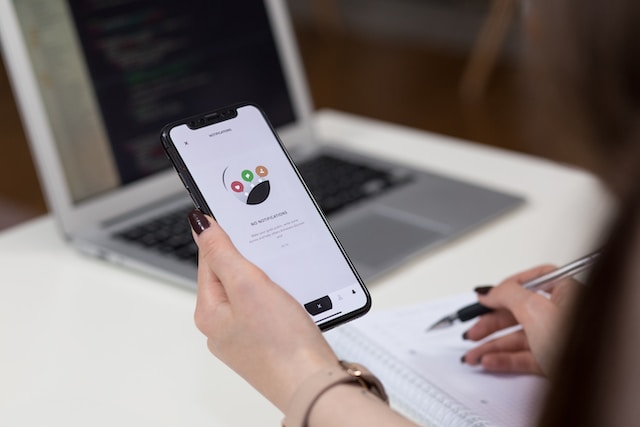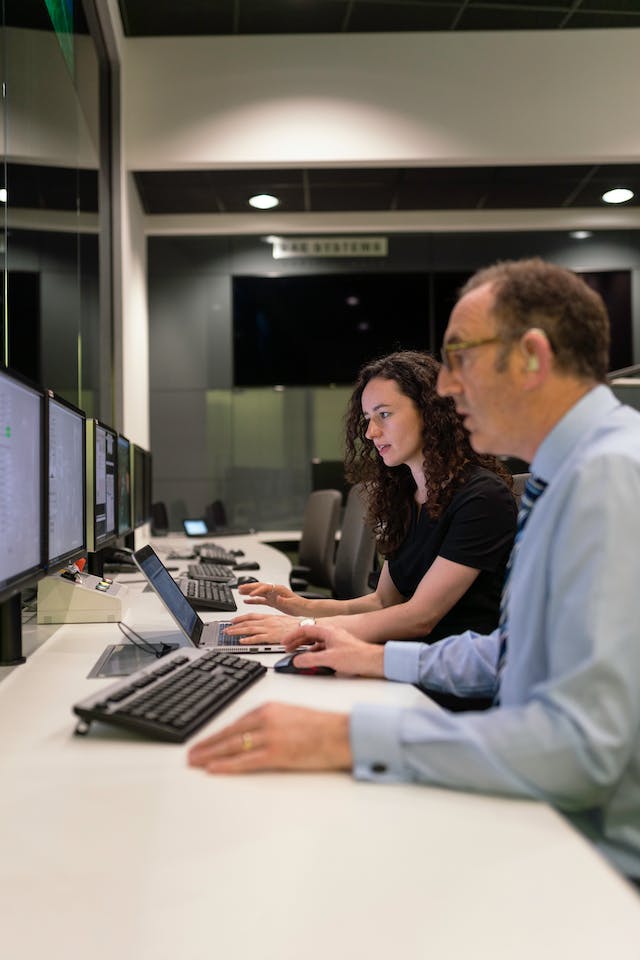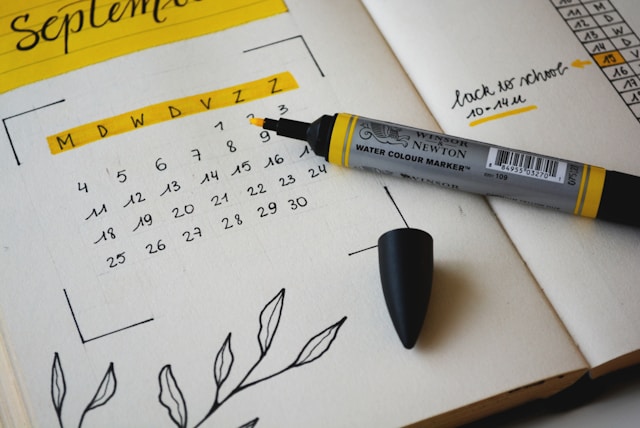Usability testing serves as a powerful tool for revealing usability issues of websites or apps. It can also affirm the strength of a design or solution. In addition to uncovering issues and validating designs, you gain deeper insights into the behaviors of the target users. Integrating usability testing methods throughout the design process brings the product closer to enhanced user-centricity and user-friendliness.

What Is Usability Testing?
Usability testing falls under user research, aiming to determine how real users can easily navigate and use a product. Participants complete tasks and respond to questions tailored to the test’s objectives. Questions may revolve around the intuitiveness of a new feature, user comprehension of the wording, user feelings about the imagery or colors of the product, and more. Researchers observe participant behaviors and analyze the collected data to prioritize necessary iterations. Thus, it contributes to an improved and satisfying user experience.
Benefits of Usability Testing
Planning and executing usability tests offer numerous advantages. Some benefits include:
- A user-centered product: Usability testing enables you to gain a deeper understanding of the target users and their behaviors, thus guiding the development of a more user-centered product.
- Reduced development costs: Imagine releasing a product, and users don’t like it. Making changes to the product afterward will be costly. Identifying issues before launching a product saves you a significant amount of time, energy, and money.
- Uncover biases: Feedback from real users who are not a part of the product development process can help reveal any biases.
- Increased accessibility: Including participants with diverse abilities allows you to create a more accessible product.
- Boost user adoption: Blindly releasing a product can push new users to give up on your product. Using the research to tailor your products to be user-friendly and to meet the needs of its users will lead to higher adoption rates.
Develop a Usability Test Plan
So, what should you consider before conducting usability tests? Developing a thorough plan allows you to collect data to analyze for actionable results.
1. What’s the Purpose?
To begin, you should establish the purpose of your testing. Determine what you want to test and why. Users can explore an app and observe their interactions with the digital product. Alternatively, you may focus on evaluating how users achieve specific goals using a newly added feature. Usability test goals can vary in scope from broad to highly specific.
2. Address Logistics
Next, address the logistics of the usability test. Consider the following:
- Timeline: How many days do you need to carry out the usability test? How much time do you need to analyze the results?
- Duration: How much time will you allocate for each session?
- Participants: Where will you recruit participants? How many participants do you need?
- Location: Where will you conduct the usability test? Remote? In a lab?
- Materials and Tools: Will you need a computer? Will the user need to bring their own phone?
- Team members: Do you need an additional researcher to take observation notes?
3. Define Success Metrics
Additionally, it’s important to define success metrics to evaluate how the design affects the user experience. You can measure these metrics using online tools. Common metrics in usability testing include:
- Completion rates: Did the participant complete the task?
- Task duration: How long did it take the participant to complete Task #1?
- Error rates: How many mis-clicks occurred in attempting to complete this task?
- Satisfaction levels: Was the user satisfied in completing their goal?
Tracking these metrics allows you to make data driven decisions when making any changes to the digital product. You do not want to change something based on your feelings. Using these success metrics is also a great way to show stakeholders why you made a change to a design. How can you determine if the iterated design has improved the user experience without data to compare it to the previous design?
4. Prepare a Neutral Script
When planning the tasks participants will go through, make sure your wording remains neutral, avoiding leading questions that could influence participants. Compose a script to present questions and tasks impartially.
5. Review Plan with Stakeholders
Once you develop the usability testing plan, review it with stakeholders to ensure alignment with product development goals. Reviewing the plan with stakeholders also allows for buy-in. If stakeholders understand how the research will contribute to the project, then they will act once the results follow. This eliminates the need to convince them later on about the necessity of specific actions on issues.
6. Pilot Test
Finally, consider conducting a pilot test with someone unaware of the plan to ensure a smooth testing process with actual participants. Following these steps in your usability testing planning will give you more accurate data, leading to clear next steps in the development process.

Types of Usability Testing Methods
Now that you know what usability testing is and the things you should consider to plan for one, let’s take a look at various methods.
Qualitative vs. Quantitative
Research may take a qualitative or quantitative approach based on the test objectives and constraints. Nevertheless, conducting both types of research is important for enhancing the overall user experience.
Qualitative research focuses on user sentiments and thought processes concerning the mobile design or website. This feedback reveals valuable insights into how real users think and engage with digital products.
Quantitative research revolves around data collection and analysis, yielding metrics that gauge the success of a redesign or offer insight for future improvements. These metrics may include completion rates, task duration, error rates, and more. For instance, if you’ve redesigned the filters in a mobile app to enhance the user’s search experience, you can measure task duration as one of the metrics. This will help determine if the redesigned filters indeed enable users to complete their searches more quickly compared to the previous design.
Ideally, you want to use both qualitative and quantitative usability testing. If time or resources are limited, obtaining quantitative data using online tools is a swift way of conducting usability testing.

Moderated vs. Unmoderated Usability Testing
Usability tests can be moderated or unmoderated, depending on the testing goals, as well as financial and time constraints.
Moderated testing involves a moderator who administers the test, guides participants through tasks, poses questions, and addresses their questions. In well-funded scenarios, additional researchers may also take notes while the moderator focuses on leading the participant through tasks. A benefit of having a moderator is that you can ask participants immediate follow-up questions.
Unmoderated testing empowers participants to navigate usability tasks independently. Design teams utilize testing tools, such as Maze, which record participants’ actions and responses. This approach streamlines the process but may not suit goals that require follow-up questions. Unmoderated usability testing is preferable when testing specific aspects that do not necessarily need further clarification or immediate follow-up questions.
Remote vs. In-Person
Usability testing can happen remotely or in person, depending on the goals of the usability test.
Remote usability tests, as the name suggests, occur at a distance, facilitated by online tools, eliminating the need for physical presence. This approach broadens the geographic reach of testing, thereby expanding the pool of recruitable target users.
In-person usability tests conducted in a research lab or facility tend to be costlier and location-restricted. However, for certain products and user goals, in-person testing offers deeper insights that remote methods might not provide. An example illustrating the efficiency of in-person usability testing is testing a new feature on a digital watch while the participant uses an exercise machine.
Being present with the participant allows for real-time observation of user behavior, providing more valuable and accurate feedback than attempting to observe the participant through a camera screen in a setting that does not mirror real-life scenarios.

Explore 5 More Usability Testing Methods
The choice of testing method depends on a team’s goals and financial and time constraints. Here’s a list of five more usability testing methods:
1. Guerilla Testing
Guerilla usability testing is a rapid and straightforward way to observe user behavior and understand user thoughts about a website or app. Participant recruitment takes place in public areas, such as coffee shops, and testing sessions are brief. While guerrilla testing offers instant feedback, it may not be the best choice for targeting specific demographics or obtaining extensive feedback.
2. Tree Testing
Tree testing is a swift method for testing the navigation structure of your website or app. You create a “tree” representing your app’s or website’s structure, and then you present participants with a question. For instance, if you’re working on a healthcare app, you might ask the participant, “You want to get a routine check-up. How do you make an appointment?” The participant navigates the tree structure to complete their task. Tree tests are valuable for assessing whether your app’s or website’s structure makes sense to the target audience and for identifying where users encounter difficulties or experience delays.
3. Card Sorting
Card sorting is similar to tree testing, but it is more about letting the users organize and group cards into categories. Participants receive words or phrases and must group them into specific categories, or the test may require them to create their own categories. Conducting a card sort allows researchers to learn more about how target users think about the words. Then, this can help define the information architecture of the app or website. Remember, it’s all about creating a product or solution that is user-centered.
4. 5-Second Test
The 5-second test method is a way to get a user’s first impression of a website page or mobile screen. You show the participants a screen for five seconds and then ask them questions about what they saw. For example, you might ask, “What is the main thing you recall from the page?” This method is really useful for pages that impact the conversion rate, so that one might use this method of testing for landing pages.
5. Eye-tracking
Eye-tracking is another method where technology measures where a person is looking and for how long they are looking at a certain part of the screen. This technology is useful because it does not interrupt the user’s natural behavior. By analyzing the eye-tracking data, one can understand how a user scans through a page or what attracts the most attention on a page. Eye-tracking is more available for companies to use with advancing technology, but keep in mind that it’s always good practice to do a combination of methods to have a comprehensive understanding of the users.
Analyze Usability Test Results
Once you have conducted usability testing based on the thorough plan you created, you must analyze the data you have received. You will probably have a list of usability issues that you need to organize. It’s essential to prioritize which issues to solve since you cannot address all issues at once. You can prioritize the issues by the severity of the problem and its impact. Is the issue critical, serious, or minor? For example, a critical issue might be that users are struggling to find or notice the call-to-action button. You must solve this right away to improve the user experience. A minor issue could be a user suggesting a new feature that can be added to the product in the future but is not needed for the current goals of the product development.
Present Usability Test Results
After prioritizing issues and analyzing the data, it’s important to report your findings to your team and stakeholders. This allows everyone to be on the same page and to create actionable steps for the next iteration. Also, conducting another usability test after making iterations can be useful to confirm that the iterated design does, in fact, resolve the issues identified in the previous usability test.
Usability Test Results Help Define Next Steps
Analyzing the results will help you understand the strengths and identify urgent iterations needed before launching the product or progressing to the next step in the design process. Conducting multiple usability tests before launching a product is also valuable for ensuring that users can achieve their goals and are satisfied with the product. Without the research, you’re guessing what the user likes or needs. That is not user-centered. Improve your digital product by having data to back up your design decisions through usability testing.
Now that you’ve gained insight into usability testing methods, explore more from proven products. Page Flows is a valuable resource for studying user experience design concepts. Begin today to access our growing library of user flow recordings and stay current with the latest design trends.




